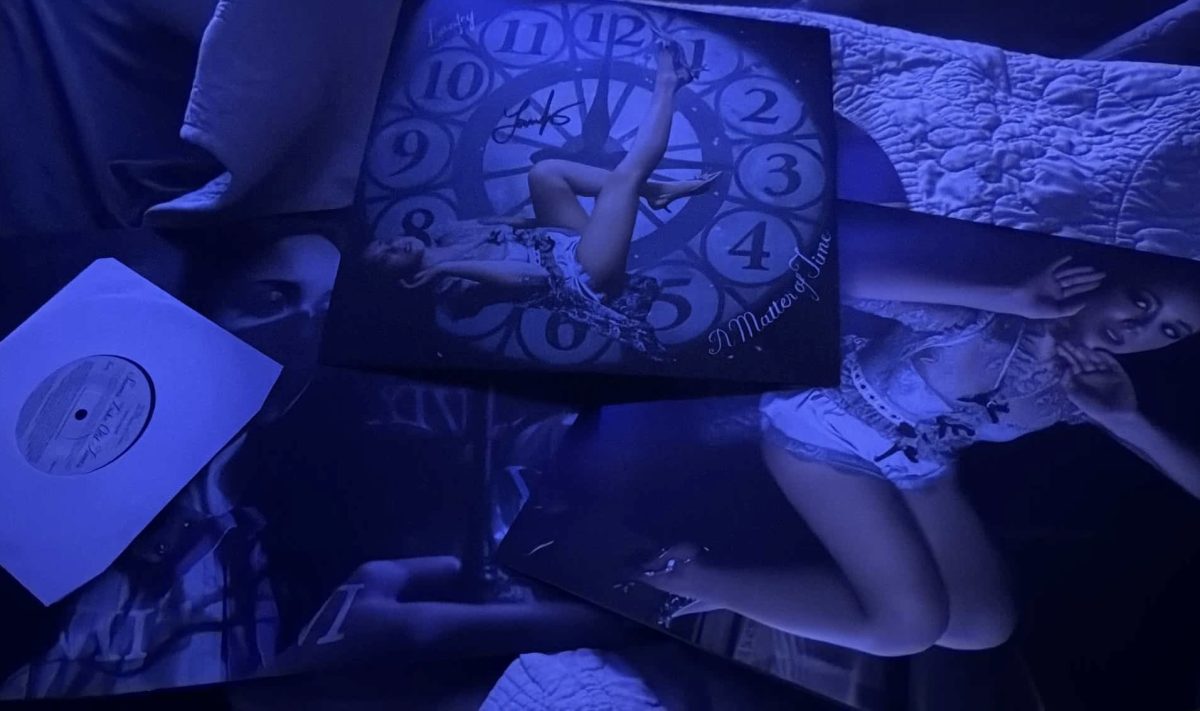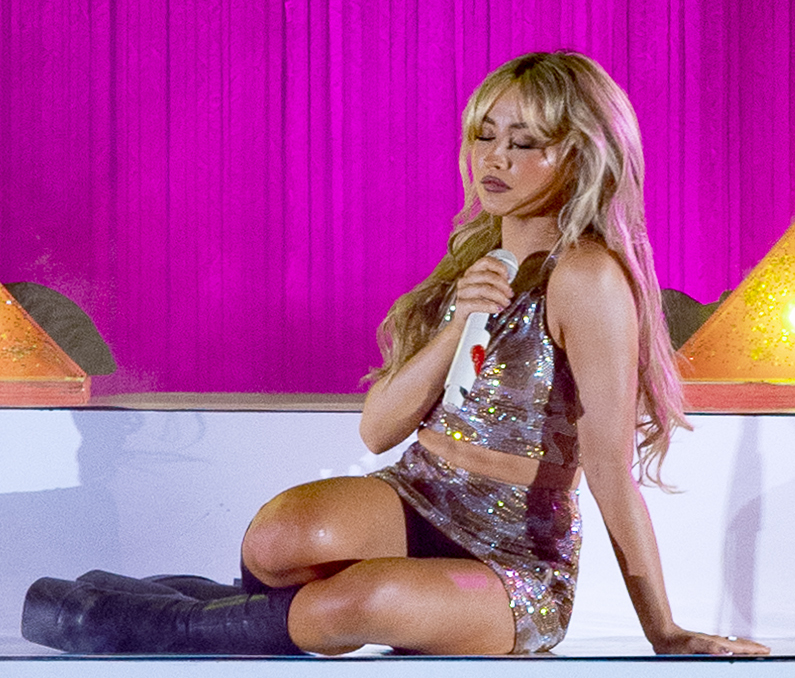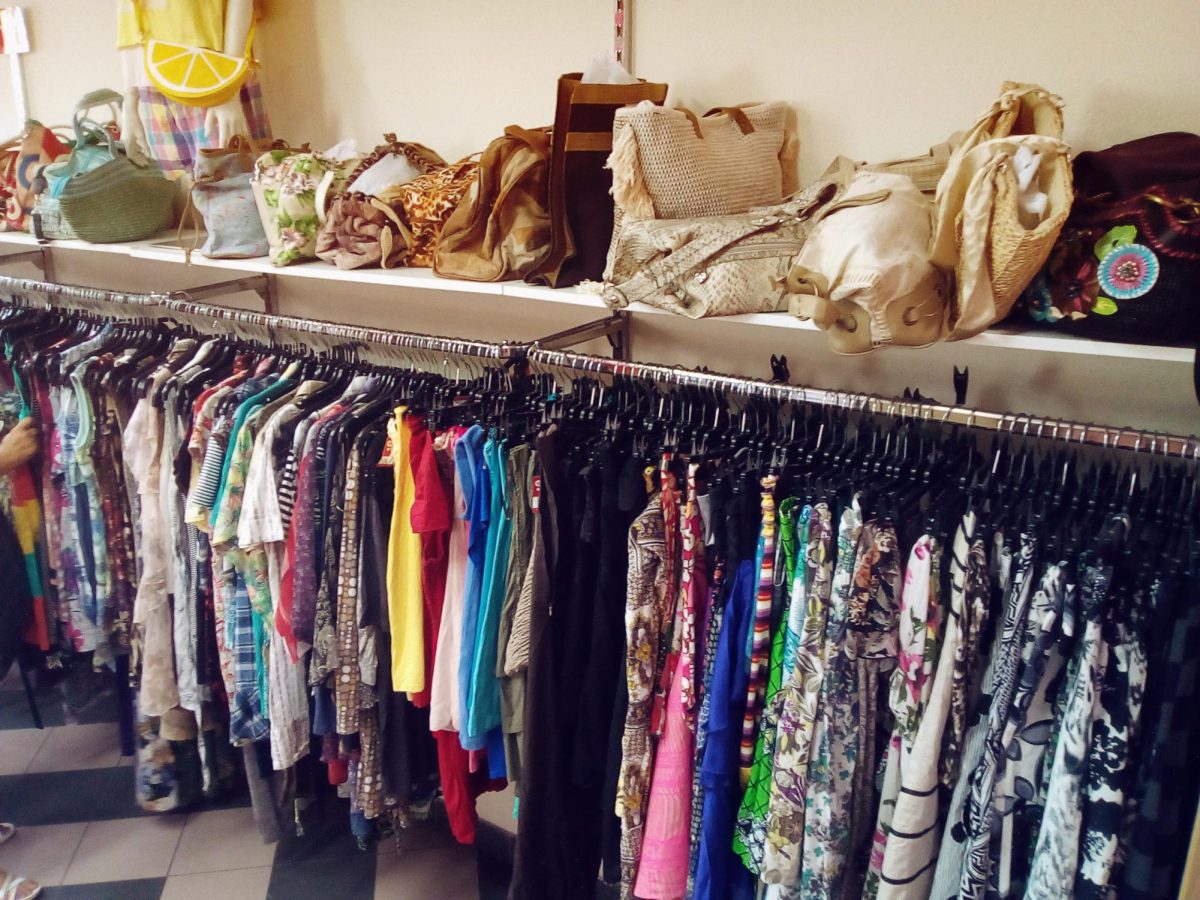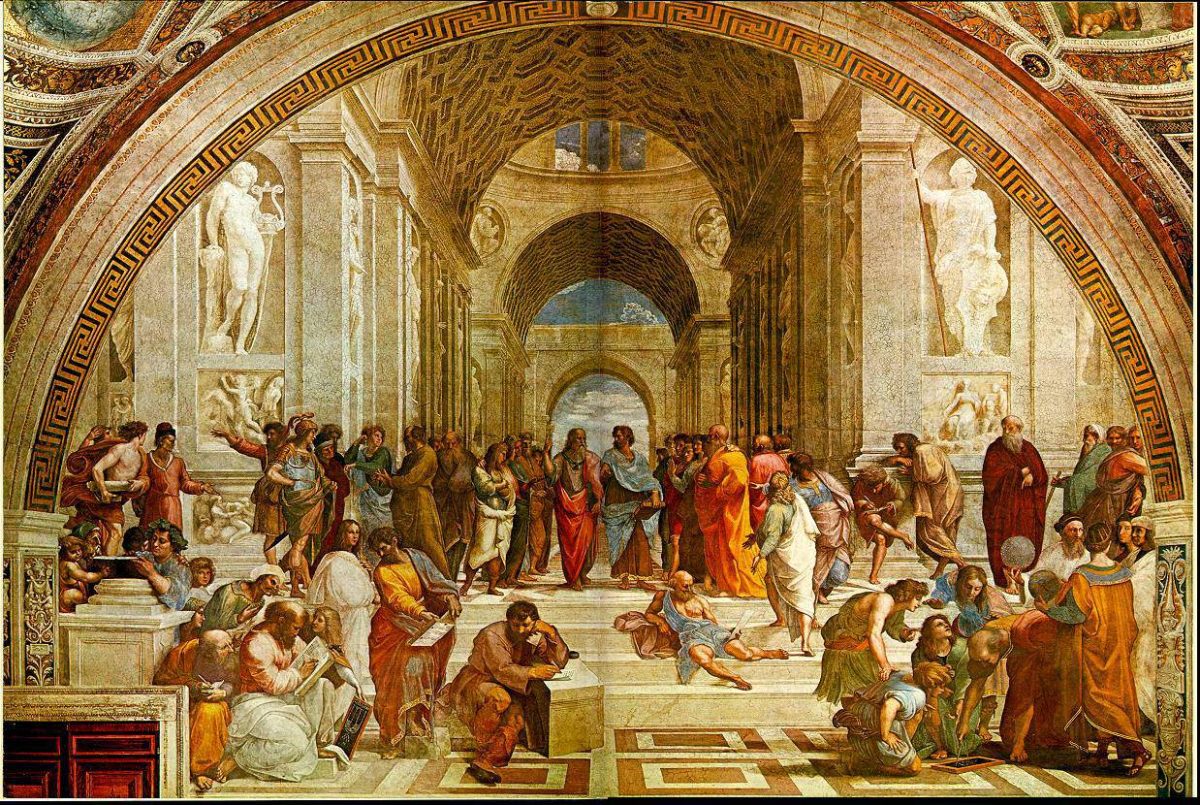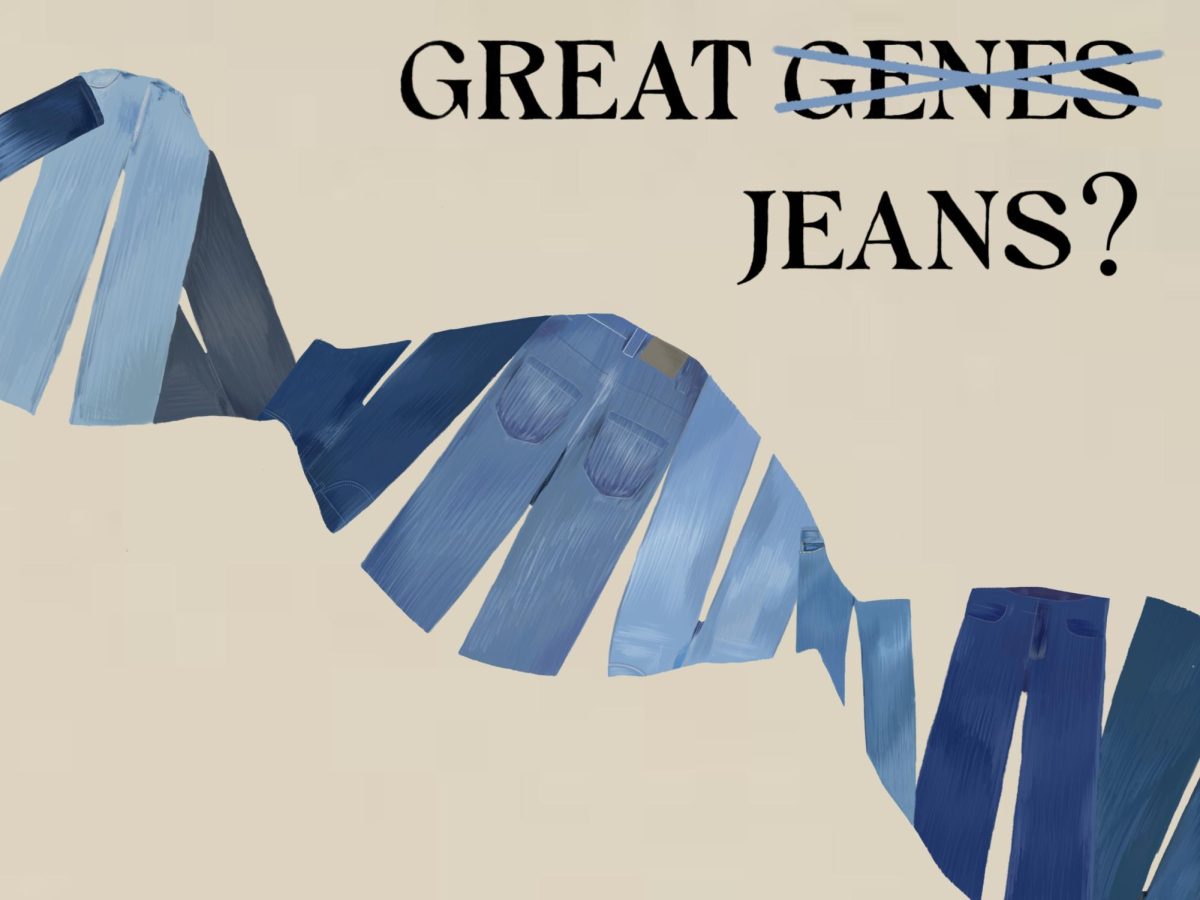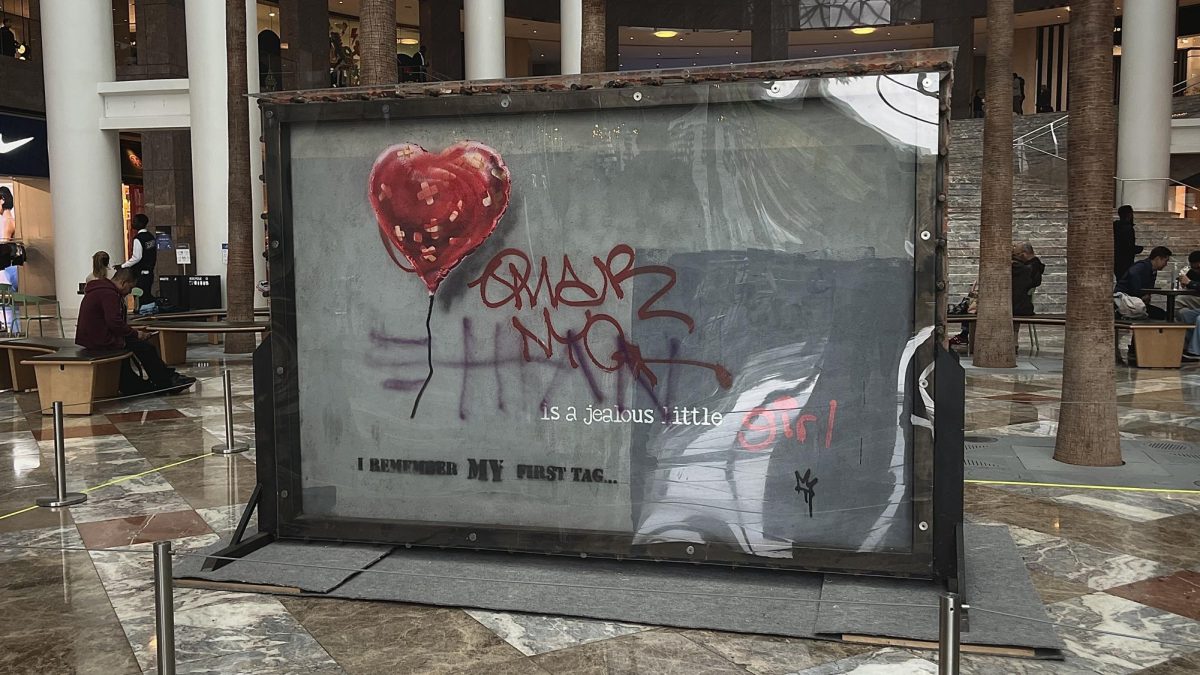Despite having won the very first Oscar for best animated feature, the 2001 film Shrek has lived on in infamy on the internet, where it has become a source for memes and jokes.
Online Shrek references range from ironic appreciation of Smash Mouth’s “All Star” to perverse and disturbing.
It is within this framework that Shrek Retold — an unprofessional recreation of the 2001 film — can exist, as a parody and an act of appreciation, self-deprecating and indulgent.
Shrek Retold is a remake, but not of the big-budget summer blockbuster variety. Over 200 people collaborated on the film through various artistic media, including two- and three-dimensional animation, still images, live-action and sock puppetry.
Many use their scenes for dedicated, shot-for-shot recreations of Shrek moments, while others take theirs in different directions. It is a work that exists as a living, breathing text — a significant example to provide for conversations over artistic license, obsession and storytelling.
It’s not likely that Shrek Retold would be comprehensible for those who haven’t seen the original movie, nor is it necessarily expected for those who have seen Shrek to enjoy it. With actors sometimes changing multiple times in a minute, meme references, minimalist depictions and the occasional diversion into collaborators describing the action instead of depicting it.
There’s a purposefully disjointed sense of storytelling at play, and that’s part of the humor or the horror. To some extent, Shrek Retold is at its most surprising in the very fact of its existence, when it becomes clear how many people put in so much work to make a movie that had already been made.
There’s good and bad, like a transfixing car wreck. At times, Shrek Retold is artistically satisfying, as in an anime-style fight sequence or other forms of fluid, two-dimensional animation. Shrek Retold includes uncomfortable moments of green-faced actors howling in a Scottish brogue, a bizarre sequence of Leonard Cohen’s “Hallelujah” performed via ventriloquism and barely rendered computer-generated imaging — the teams of animators and days of rendering that go into any high-quality animation film are not evident in the remake.
By all conventional standards, the closest Shrek Retold gets to being a good movie is its imitation of one. It is often unpleasant or amateurish, a work that has no place leaving its home on YouTube. It is not uncommon to find unpleasant films discovering a niche audience, as can be seen by the popularity of The Room, which one film studies professor famously referred to as the “Citizen Kane of bad movies.”
The Room spawned a biopic and regular theater screenings involving shared references and costume contests, a testament to the power of the bizarre to worm its way into the hearts of a small fanbase. Even with this in mind, the idea of Shrek Retold on a big screen feels wrong.
Shrek Retold never makes a coherent argument for its own existence. The work comes across, varyingly, as one of admiration and derision and as a jumping-off point for creators to make their own jokes. For a modern comparison, Shrek Retold fits into the internet culture of memes, where ideas get repeated, reformed and referenced, building upon each other and becoming templates remembered in a collective consciousness.
Memes serve as a means of humor and relating to new information through recognizable patterns, but Shrek Retold doesn’t really do that. Instead, it exists to answer the question of whether or not it could exist.
However, the film was not made with seriousness in mind, nor should it be judged on a scale of realistic expectation from film. The credits mention, “This motion picture is protected under the laws of spoofs and goofs.” Shrek Retold could be easily dismissed as a quirk of the internet, an oddity created by eccentric fans, yet it does invite a deeper consideration.
After all, Shrek Retold is a subversive retelling of a deeply subversive film. Shrek takes on the tropes of fairytale stories and, in the Duloc sequence especially, confronts Disney’s theme park commodification of its properties.
In the retelling, camera angles are duplicated and story beats are matched with an eerie devotion, and the film becomes a question less of what will be the same than it is of what will be different, of how each creator chooses to slightly diverge from Shrek.
It’s a bizarre kind of masochism that will bring viewers to this film, but it is also a haunting curiosity. If Shrek Retold ever gets its own retelling, the world will never be ready.
There’s absolutely no reason for it to exist, but the fact that it does is a puzzle, a symbol of the modern era’s muddling sense of creation and development, of fans owning a creator’s content and becoming creators in and of themselves. For the fanbase it has, Shrek gets exactly the reboot it deserves.


